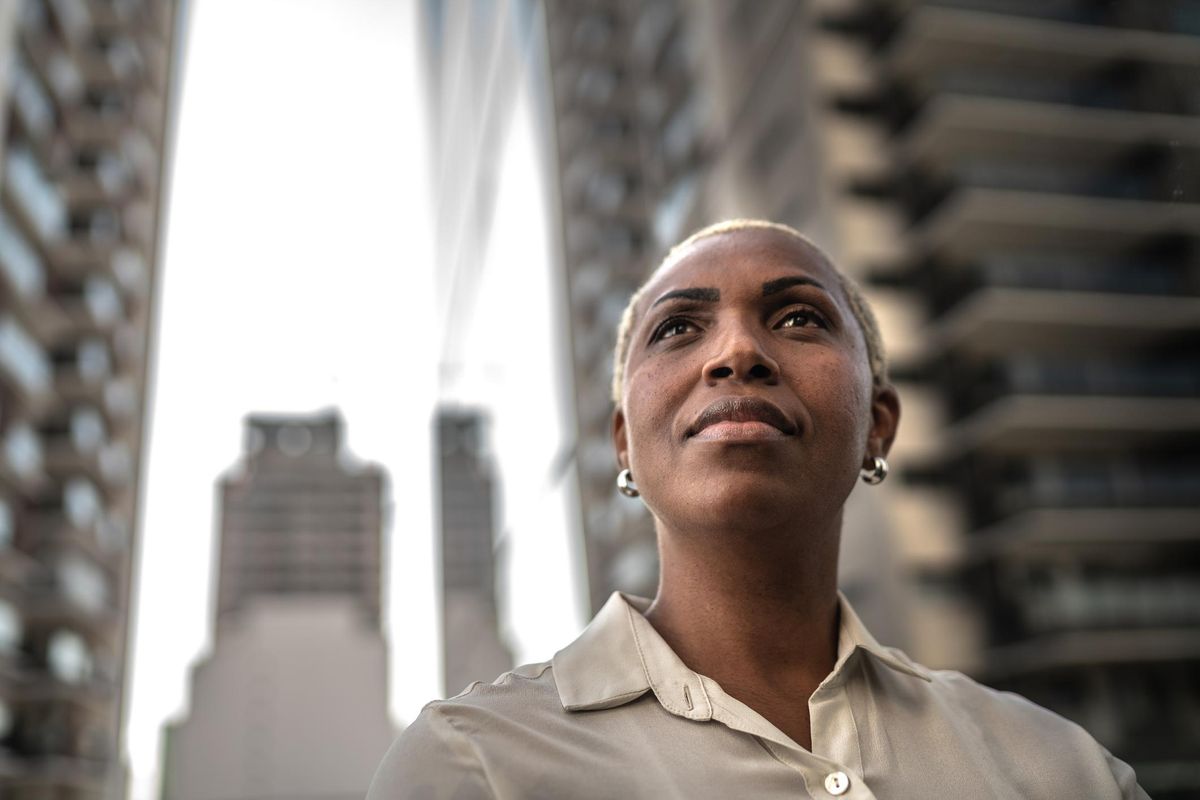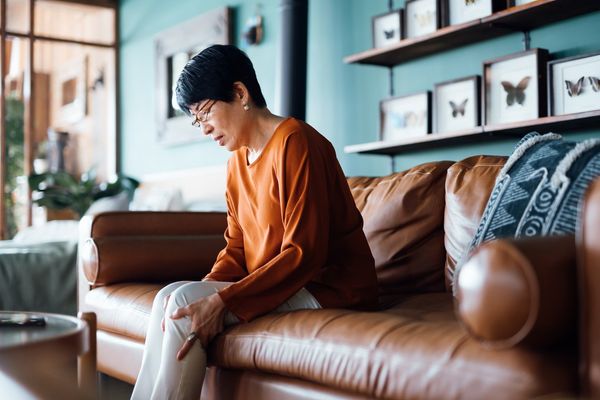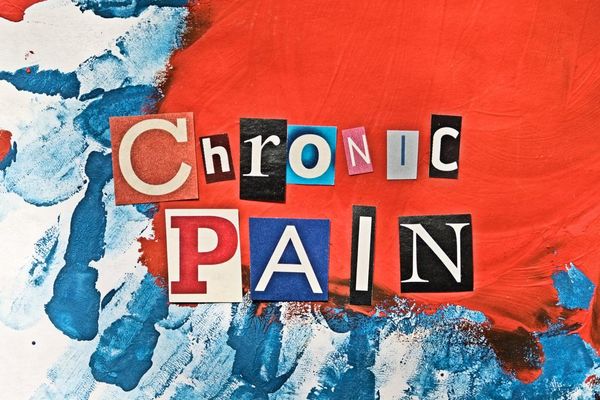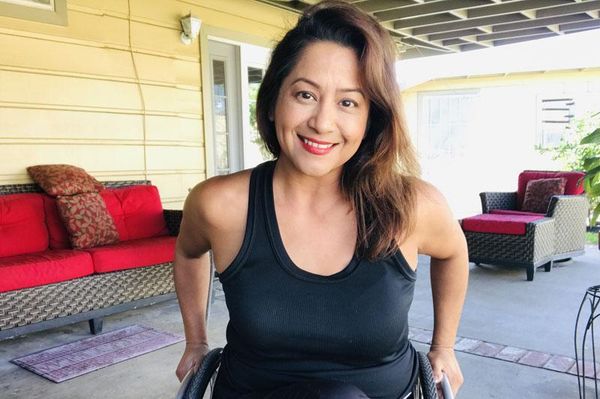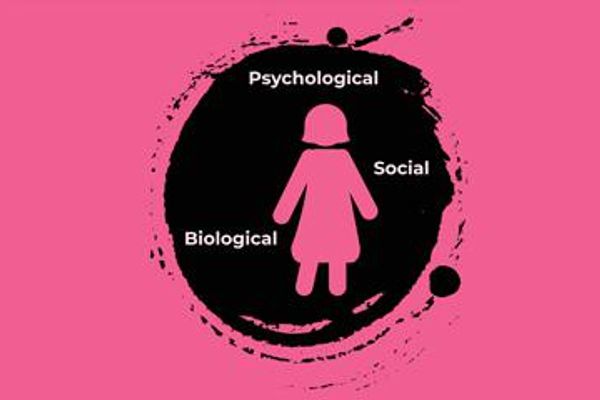Ten years ago, Jaime Sanders launched The Migraine Diva, a blog to chronicle her experiences as a young Black woman living with chronic migraine headaches. Her vulnerability and transparency about her life — including battles with chronic pain, depression and anxiety, along with managing a household that includes her husband and children — garnered a loyal group of followers.
A larger platform would soon follow. In 2016, a company invited her to speak on a panel on migraine disease during a blogging conference. That exposure led to more public appearances and membership in the Coalition of Headache and Migraine Patients (CHAMP). Sanders quickly became part of a national conversation about the importance of providing specialized, targeted care to help people living with migraine, but she knew a crucial perspective was missing.
"I have insurance, I have a flexible spending account and supplemental insurance, and I still struggle," Sanders said. "I have to drive two hours to see my headache specialist just for nerve blocks and fillers, but I can do that. I'm privileged to be able to do that, but not everybody can. I need to talk and think about those people who can't."
Sanders' willingness to speak up for those forgotten in pain care helped her shift her advocacy to more fully address systemic barriers women and women of color face when seeking help. As a member of CHAMP's Disparities in Headache Advisory Council (DiHAC), Sanders helps think of solutions for people who lack transportation or live in areas too far from a neurology specialist to receive quality care.
Ensuring that marginalized patients are screened for headache or migraine and have their concerns taken seriously is also a priority, as studies have found that a significant number of white doctors believe Black patients are less likely to feel pain. Other studies have found that doctors can fail to diagnose pain because they are unable to measure pain expression on faces of Black patients versus white patients.
Treatment disparities for women
Despite numerous anecdotes from people of color and women of all racial and ethnic backgrounds about untreated pain, published research about gender-related disparities in pain management remains sparse, said Diane Hoffmann, a professor of healthcare law and director of the Law and Health Care Program at the University of Maryland.
Hoffmann's 2001 paper The Girl Who Cried Pain: A Bias Against Women in the Treatment of Pain summarized research that showed women were less likely to be treated properly for their pain, despite experiencing and reporting greater and more frequent pain than men. Healthcare providers were also more likely to be biased against women's verbal descriptions of pain in the absence of objective factors that could be measured and examined.
Hoffmann is working on a new paper looking at the current landscape of pain management for women 20 years later, but said research is still limited.
"There still aren't many studies looking at how women are treated for pain," she said. "I don't know if researchers no longer find that topic intriguing, or they can't get funded to do those kinds of studies, but there are actually more articles about it in other countries than in the U.S. that have found, in fact, that women are less well treated for their pain."
The opioid crisis of the mid-to-late 2010s also had a chilling effect on how healthcare providers managed pain, as more began to shy away from prescribing narcotic medication. While that caution might have helped prevent potential addiction, it also took away treatment options for some patients.
But Hoffmann is hopeful that the increasing amount of research and conversation around the intersection of race and pain management and the integration of pain management education in more medical school curriculums will lead to better treatment for women and people of color. Some colleges and universities in the U.S. are offering more comprehensive pain management training within their existing programs than they did just a decade ago, and some have developed master's programs or certificates in pain management for healthcare professionals.
Promoting equity in pain management
Stories of pain dismissal don't surprise Sanders, who's had similar experiences and heard the same from other women of color.
"I've heard that narrative way too much," Sanders said. "After the birth of my first child, the doctor tried to stitch me up with no local anesthetic. He was shocked that I felt it, and I almost kicked him in the face. It took me until recently to put that together with the work I've been doing. That was my personal experience with having pain dismissed."
The uprisings last summer following the killing of George Floyd in police custody pushed many to focus on longstanding concerns of people of color and helped elevate the work of the DiHAC. CHAMP has helped fund eight programs at U.S. colleges and universities, including historically Black institutions, that invite patients with pain to talk to medical students about their experiences with the healthcare system. Sanders would like to see more direct work with indigenous and inner-city communities about pain management through cultural and community wellness events.
Cultural competency should also be integrated into pain management education so healthcare professionals can better understand how a patient's culture might influence their trust in the medical system, their physical and verbal expressions of pain and their desire to integrate traditional remedies and foods as part of a comprehensive treatment plan.
"I'm always thinking about those that we're never considering, and that's anyone who's part of a marginalized group," Sanders said. "I'm in a marginalized group just because I'm a Black female, but you could be white in the Appalachian mountains and be marginalized because you live in rural America. Your ZIP code is a social determinant of health. We need to talk about that."
This resource was created with support from Pfizer.

